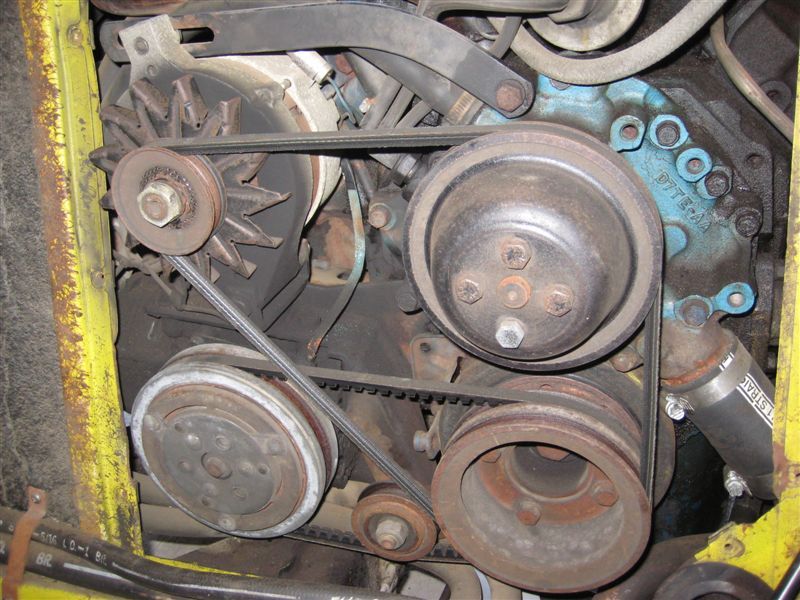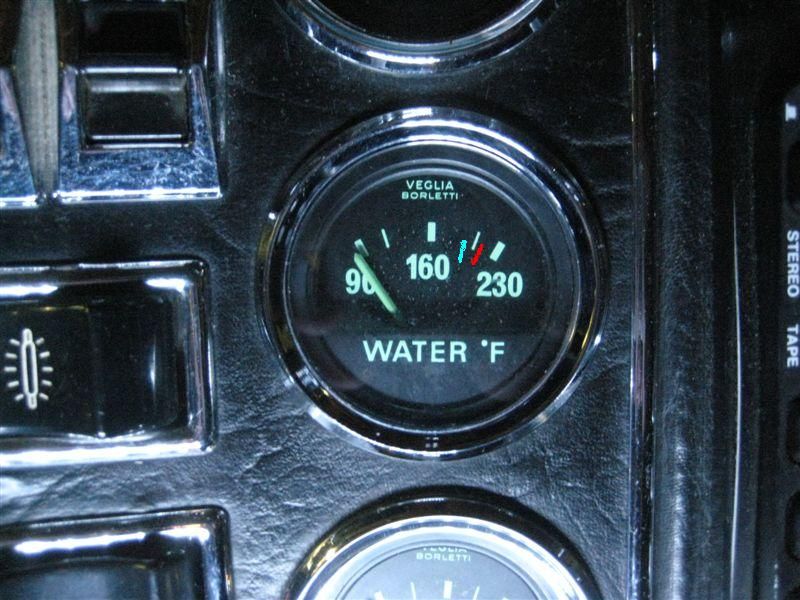Greetings Everyone,
DeTomaso Pantera 351 Cleveland Billet Aluminum Fast Water Pump Pulley.
Are you constantly trying to find out why your Pantera runs hot in traffic? Have you done all the other "tricks" to get it to run cool and are frustrated by the lack of progress? The solution is finally here!
SACC Restorations is offering this beautifully CNC machined water pump pulley for your DeTomaso Pantera's 351 Cleveland. So you say to yourself, "Why is this so special?". The answer is simple. We have manufactured this new water pump pulley to drive your water pump 11% faster. This pulley runs your water pump 11% faster without changing the speed of the alternator. It is common knowledge that the Pantera has a non-standard crank pulley compared to other Ford vehicles of the era. Because of clearance issues, the Pantera's were fitted with 5.5 inch diameter crank pulleys. Other Ford vehicles of the era, such as the Torino and Mustang, had much larger crank pulleys. As large as 7 inches! This new 351 Cleveland water pump pulley will spin your water pump 11% faster than the stock 5.5 inch pulley!
Finally say goodbye to low speed overheating problems! If you have tried everything else and you are still having low speed cooling problems, this may be the answer you have been looking for!
Oh, and did we mention that it will save some weight and add that extra bling to the front of your Cleveland.
4.9 inches in diameter.
Available for immediate shipment at:
http://www.saccrestorations.ne...t-water-pump-pulley/
Scott
Original Post








